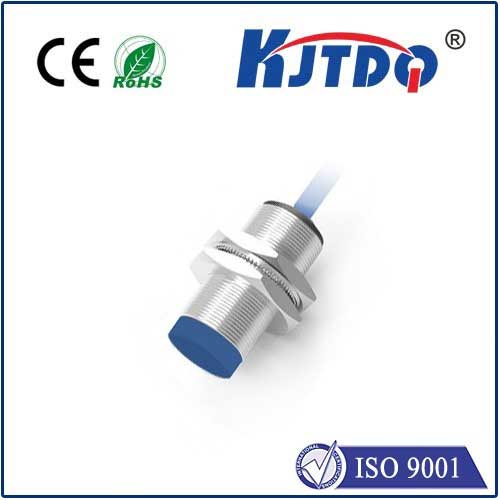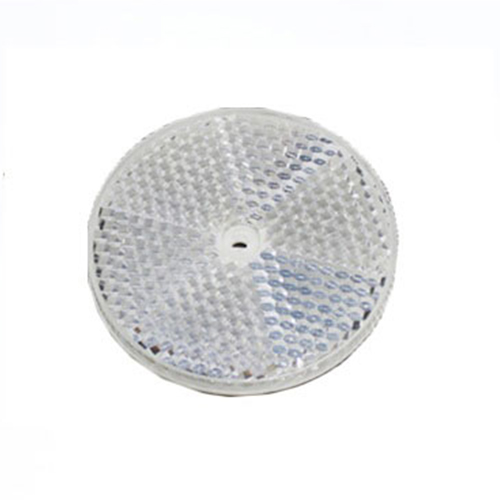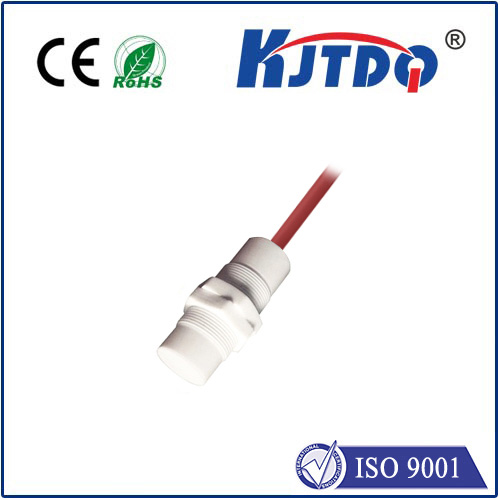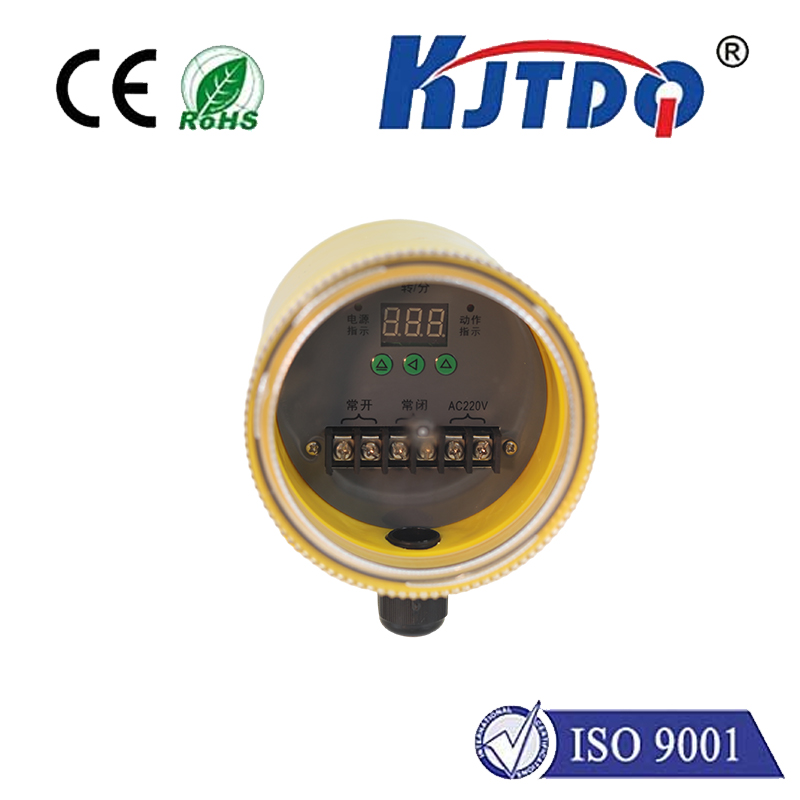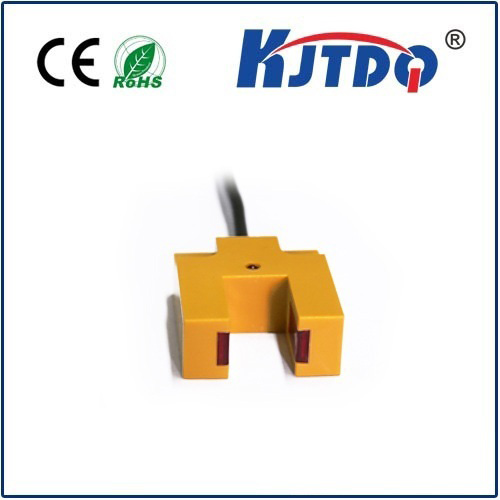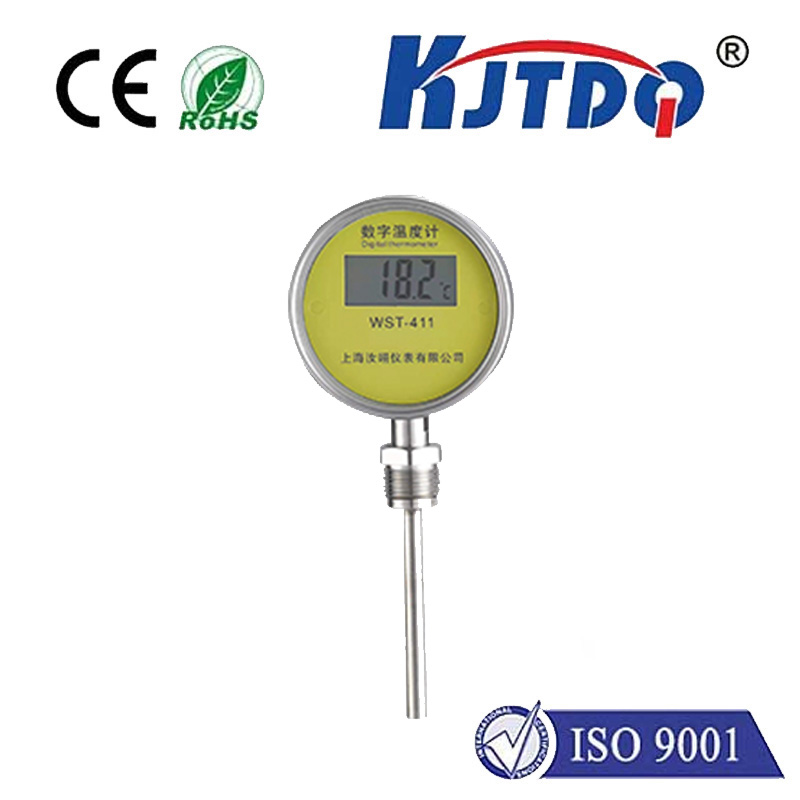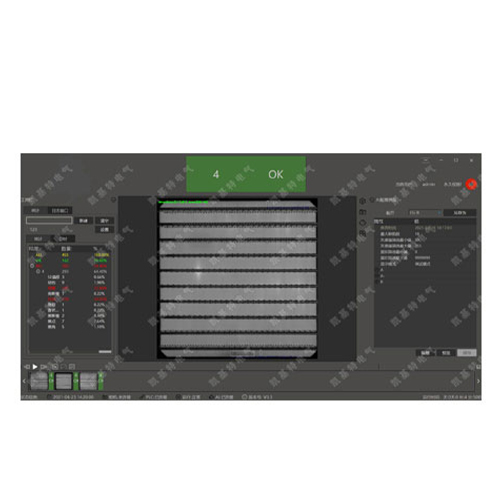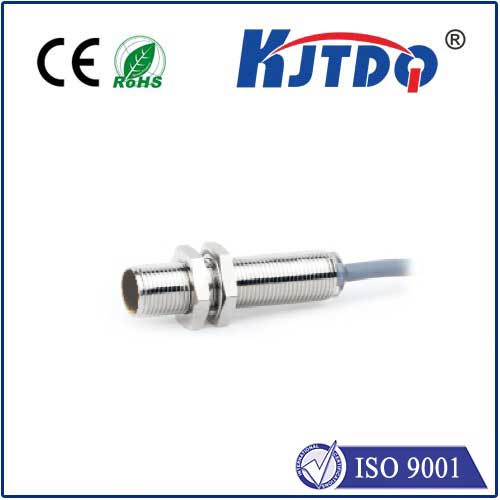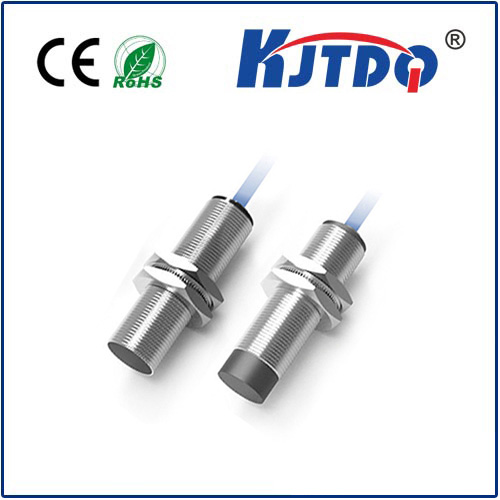proximity sensor kfps
- time:2025-09-08 10:21:57
- Click:0
Unlocking the Power of KFPS Proximity Sensors: Precision Detection for Industrial Automation
In the intricate ballet of modern manufacturing and automated processes, the unsung heroes ensuring smooth, safe, and efficient operations are often the sensors. Among these critical components, proximity sensors stand out for their ability to detect objects without physical contact. When we encounter a specific designation like KFPS proximity sensors, it signals a particular category within this vital technology, often implying specific features or standards tailored for demanding applications. Let’s delve into what makes KFPS proximity sensors essential tools in the engineer’s arsenal.
Demystifying the “KFPS” Designation
While “KFPS” isn’t a universally standardized acronym like NPN or PNP, it frequently appears in industrial sensor catalogs and part numbers. It typically represents a specific series or family of inductive proximity sensors offered by manufacturers. The designation often implies a blend of key characteristics:
- Robust Construction: KFPS sensors are generally built to withstand harsh industrial environments. Expect features like stainless steel housings, resistance to chemicals, oils, and coolants, and high ingress protection ratings (IP67, IP69K).
- Shielded Design: This is a critical feature hinted at by “KFPS”. Shielded inductive proximity sensors have their sensing field concentrated axially out from the front face. This allows for flush mounting in metal, preventing interference from surrounding metallic materials and enabling tight installation tolerances where unshielded sensors would malfunction. They are ideal for embedding into metal brackets or machine frames.
- Performance Specifications: KFPS series often boast consistent and reliable performance metrics such as long sensing ranges (relative to their size), high switching frequencies for fast-moving objects, and excellent temperature stability.
- Form Factor & Connectivity: They often follow common industry-standard cylindrical form factors (e.g., M8, M12, M18, M30 threaded barrels) with various cable or connector options (M12 connectors being very prevalent).
The Core Technology: Inductive Sensing
KFPS proximity sensors primarily operate on the inductive sensing principle. This non-contact method relies on generating an electromagnetic field:

- An oscillator circuit within the sensor generates a high-frequency alternating magnetic field radiating from the active face.
- When a metallic target (ferrous or non-ferrous, though response varies) enters this field, eddy currents are induced on the target’s surface.
- These eddy currents draw energy from the sensor’s oscillating circuit, causing a detectable change (usually a decrease in amplitude).
- The sensor’s internal circuitry monitors this change. Once the disturbance exceeds a predefined threshold, the sensor’s output state switches (e.g., from OFF to ON, or vice versa).
- This switching signal is then used by the machinery’s control system (PLC) to trigger actions like counting parts, verifying position, initiating a process, or stopping a machine for safety.
Why KFPS Proximity Sensors are Industrial Workhorses
The specific attributes associated with KFPS sensors make them indispensable across numerous sectors:
- Manufacturing & Assembly Lines: For precise position detection of parts on conveyors, robot arm end-of-travel confirmation, pallet presence verification, and tool change monitoring. Their ruggedness and reliability are paramount in high-volume production.
- Material Handling & Packaging: Detecting the presence of metal rollers, chains, grippers, or packaged goods (if metallic). Flush mounting (thanks to shielding) is crucial in compact packaging machinery.
- Automotive Industry: Used extensively in engine assembly, welding robots, painting lines, and final assembly for component verification and process control. Resistance to oils and coolants is critical here.
- Food & Beverage (Stainless Steel variants): Stainless steel housed KFPS sensors meet hygiene requirements and withstand washdown environments.
- Machine Safety: While not a primary safety sensor (like safety light curtains), they play roles in interlocking guards (confirming a guard is closed), and detecting machine components in safe positions before allowing cycle start.
Selecting the Right KFPS Sensor: Key Considerations
Choosing the optimal KFPS proximity sensor involves evaluating several factors:
- Sensing Range: The maximum distance at which the sensor can reliably detect the specified target material. Ensure it meets your application’s gap requirement with a safety margin.
- Target Material: Inductive sensors primarily detect metals, but their sensitivity varies. Standard sensors are typically tuned for steel. If detecting non-ferrous metals (aluminum, brass, copper) is essential, look for sensors explicitly rated for such materials or featuring factor-1 (non-ferrous optimized) characteristics.
- Output Type:
- PNP (Sourcing): Outputs positive voltage (+24V) when active.
- NPN (Sinking): Connects the output to ground (0V) when active.
- Analog Output: Provides a continuous signal (e.g., 0-10V, 4-20mA) proportional to the distance to the target.
- IO-Link: Provides digital communication for configuration, diagnostics, and process data transmission. This is increasingly becoming a standard for smarter factories.
- Housing Material & Size: Select the material (e.g., nickel-plated brass, stainless steel) and thread size (M8, M12, M18, M30) based on environmental conditions and mounting space constraints.
- Electrical Connection: Pre-wired cables offer simplicity, while M8 or M12 connectors provide easy replacement and resistance to cable strain. Choose the required length or connector coding.
- Special Features: Consider needs like extreme temperature tolerance, high-pressure resistance, or specific certifications (ATEX for hazardous areas).
Beyond the Basics: The Role in Smart Manufacturing
Modern KFPS sensors are evolving beyond simple switches. Integration with IO-Link communication transforms them into intelligent components:
- Remote Configuration: Parameters like sensing range or output delay can be adjusted remotely via the control system, reducing downtime.
- Advanced Diagnostics: Sensors can report operating hours, temperature, supply voltage fluctuations, or potential internal faults, enabling predictive maintenance.
- Process Data: Analog variants or IO-Link versions can provide distance data, allowing for more nuanced control and quality monitoring.
- Simplified Replacement: Plug-and-play replacement is facilitated, as device parameters can be automatically downloaded to a new sensor.
Optimizing Performance & Longevity
To ensure KFPS proximity sensors deliver reliable, long-term performance:
- Mounting: Ensure proper flush mounting for shielded sensors. Respect recommended distances to adjacent sensors or metallic structures (side-by-side and face-to-face mounting distances specified in datasheets).
- Power Supply: Use a clean, stable DC power source within the sensor’s specified voltage range. Consider surge protection in electrically noisy environments.
- Environmental Protection: Choose the correct IP rating. Ensure connectors are properly mated and sealed if applicable.
- Target Considerations: Ensure the target is large enough and moves within the sensor’s detection range consistently. The sensor detects the edge of its magnetic field.
The Unseen Precision Driving Automation
KFPS proximity sensors, embodying robustness, precision, and reliability, are fundamental building blocks in automated systems worldwide. Their ability to provide contactless, wear-free detection of metallic objects, particularly with the shielded design allowing versatile mounting, makes them a preferred solution for countless position and presence sensing tasks. Understanding their capabilities and proper selection criteria empowers engineers to design more efficient, safer, and smarter machinery. As Industry 4.0 advances, the integration of features like IO-Link ensures that these dependable workhorses will continue to be vital components in the interconnected factories of the future.






